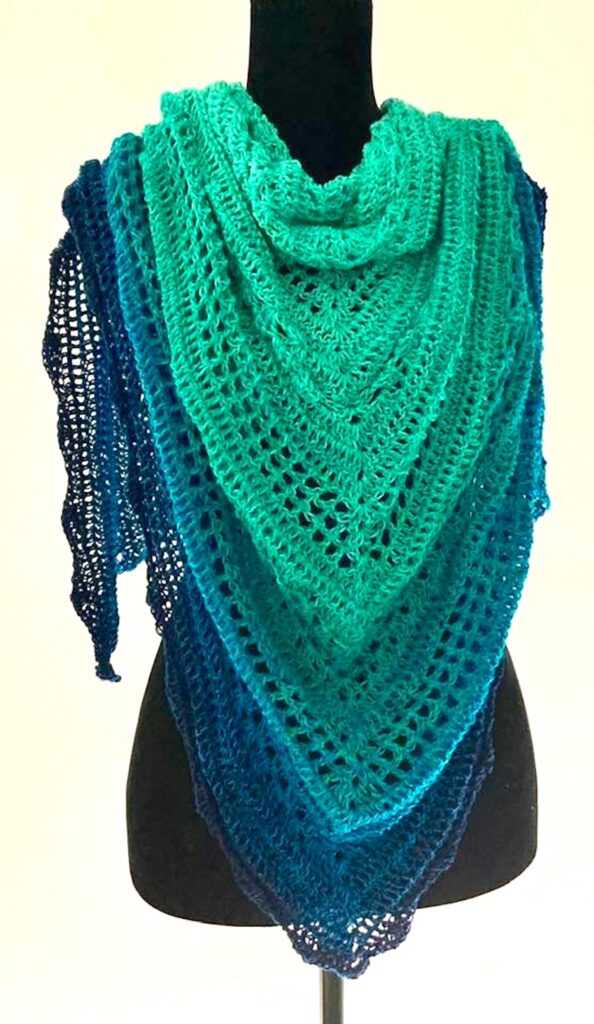I think in colors. My thinking colors have sound and movement. When I hear spoken words my neurology automatically goes for the match. When I was a girl, I heard the saying, “I got the world by the tail.” Immediately, the matching pictures of tail started popping up in my head. It’s like having a personal version of Google Images.
The initial picture search produced a variety of tails of animals. Then, there came the images of the ground mist I saw each morning when I went outdoors after breakfast. I assigned the world tail words I heard to this literal tail meaning that enabled me to name the pictures that had popped up in my head.
Specifically, I assigned this new tail meaning to the interaction of the sunlight and misty water particles I could see rising up from the earth’s surface whenever I was outside. For most of my life, I thought this literally was the earth’s tail.
Furthermore, I thought that people were somehow able physically to grab onto this tail and when they did so they indeed had the world by the tail! I had often tried to touch these sparkles, but now I had a new mission. I wanted to actually catch this tail so I too might have the world by its tail! I am glad this was the 1950’s because children played outdoors many hours. I was not interrupted in my efforts of trying to catch the earth tails.
Today, this would be called “a behavior” and more specifically could be labeled “stimming.” Unfortunately, today some would try to intervene and stop me from engaging in this behavior. Back then, it was just thought to be my way of playing. I used this environmental phenomenon of ground mist interacting with the sun sparkles to make sense of the progression of time across the day. It allowed me to be able to predict what would happen when (lunch, naptime, setting the table for dinner, etc.). I am glad nobody took my mechanism of sense-making away from me!
I was often labeled stubborn and noncompliant based on other’s interpretation of my behavior. In reality, I was doing the best I could in the moment to participate and do what was asked of me by the adults.
Because autistics have different operating systems, we are misunderstood in many ways. Our operating system visits different, and yet often intense, experiences of aspects of the world that others never seem to notice at all! I would like to end with a poem illustrating the huge impact mismatched colors have on me.
Warring Colors
Colors are something her eyes
can readily see
and when colors match
they tend to give back
a comfort to her eyes.
But when colors don’t match
she can get distracted
and sometimes finds it harder to function
when her attention needs to be given
over to inside-her-skin physical senses.
If world-people could see
what happens inside to her body
when colors are clashing outside of her skin
in the world all around her
this is what they’d observe
Her eyes start hurting
as if they are burning.
Sometimes tears form
and leak onto her face.
Her insides
become disjointed
with inside-her-skin molecules
of her very being
trying to move away from each other –
like sisters and brothers
in a family feud –
kin not getting along,
choosing sides
and warring with one another.
This causes a physical aching.
Her muscles get sore and tired.
Over the years she has learned
that for her
it is not a very wise choice
to remain a long time inside of a room
where colors don’t match
together (Endow, 2006, pp. 24-25).
Selection from Autistically Thriving: Reading Comprehension, Conversational Engagement, and Living a Self-Determined Life Based on Autistic Neurology, pgs.40-42.
Note: The author is autistic, intentionally uses identity-first language (rather than person-first language), and invites the reader, if interested, to do further research on the preference of most autistic adults to refer to themselves using identity-first language.
BOOKS BY JUDY ENDOW
Endow, J. (2021). Executive Function Assessment. McFarland, WI: Judy Endow.
Endow, J. (2019). Autistically Thriving: Reading Comprehension, Conversational Engagement, and Living a Self-Determined Life Based on Autistic Neurology. Lancaster, PA: Judy Endow.
Endow, J. (2012). Learning the Hidden Curriculum: The Odyssey of One Autistic Adult. Shawnee Mission, KS: AAPC Publishing.
Endow, J. (2006). Making Lemonade: Hints for Autism’s Helpers. Cambridge, WI: CBR Press.
Endow, J. (2013). Painted Words: Aspects of Autism Translated. Cambridge, WI: CBR Press.
Endow, J. (2009). Paper Words: Discovering and Living With My Autism. Shawnee Mission, KS: AAPC Publishing.
Endow, J. (2009). Outsmarting Explosive Behavior: A Visual System of Support and Intervention for Individuals With Autism Spectrum Disorders. Shawnee Mission, KS: AAPC Publishing.
Endow, J. (2010). Practical Solutions for Stabilizing Students With Classic Autism to Be Ready to Learn: Getting to Go. Shawnee Mission, KS: AAPC Publishing.
Myles, B. S., Endow, J., & Mayfield, M. (2013). The Hidden Curriculum of Getting and Keeping a Job: Navigating the Social Landscape of Employment. Shawnee Mission, KS: AAPC Publishing.
